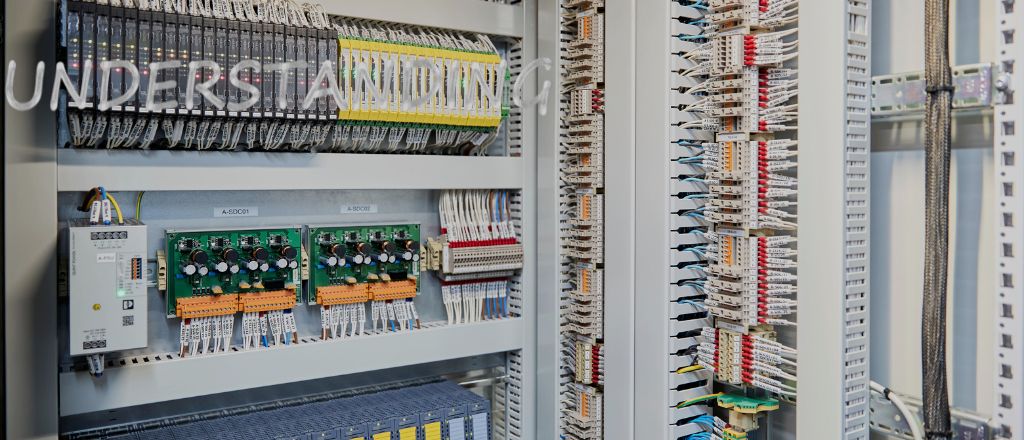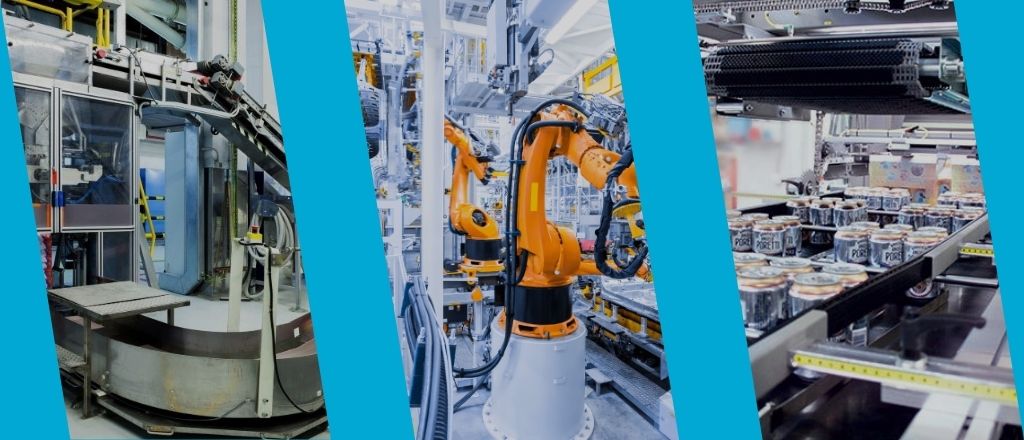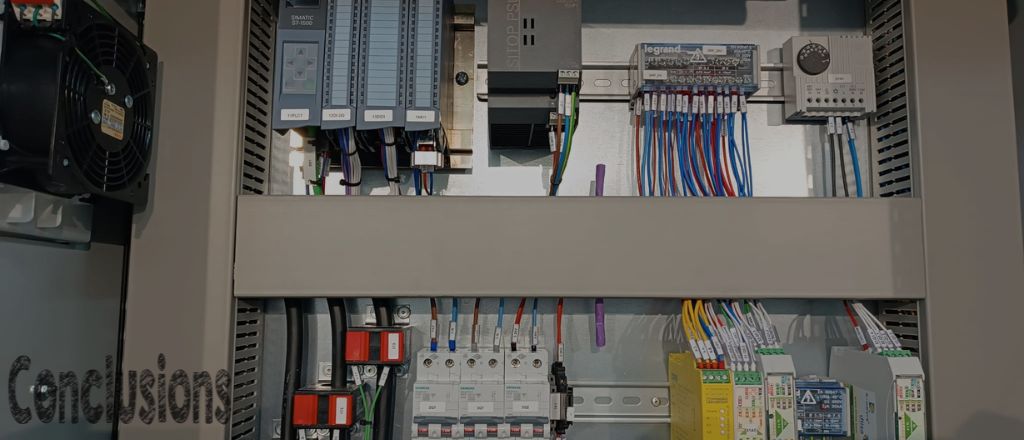A PLC (Programmable Logic Controller) system is a digital computer used to automate and control industrial processes, machinery, and robotic systems, ensuring precision and efficiency.
PLC System, or Programmable Logic Controller system, is a specialized digital computer that controls manufacturing processes or robotic devices. These systems automate industrial operations, ensuring efficiency, accuracy, and reliability. Engineers and technicians widely use PLC systems to adapt and manage complex sequences in industrial environments. Understanding the functionality and versatility of PLC systems is vital for anyone involved in industrial automation or control systems.
PLC System - Understanding PLC Systems

Delving into their core components and operational mechanisms is crucial to grasp the significance of PLC systems.
Interviewer: Today, we welcome Trevor Blevins, a seasoned expert in PLC systems with over 20 years of experience in industrial automation.
Trevor Blevins: Thank you for having me. I'm excited to discuss PLC systems and their transformative role in modern industries.
Interviewer: Let's start with the basics. Could you explain the key components of a PLC system?
Trevor Blevins: Absolutely. A PLC system consists of several integral components, each playing a vital role in its functionality:
Key Components of a PLC System
- Central Processing Unit (CPU): The CPU serves as the brain of the controller. It processes input signals, executes control logic, and sends commands to output devices, ensuring the system operates according to the programmed instructions.
- Input and Output Modules (I/O): Input modules receive signals from sensors, switches, and other field devices, while output modules send commands to actuators, motors, and machinery. These modules facilitate communication between the controller and the external environment.
- Power Supply Unit: The power supply ensures the controller and its components receive stable and sufficient power, enabling consistent operation.
- Programming Device: Engineers use programming devices like computers or handheld tools to create, test, and upload control logic into the controller.
- Communication Interfaces: These interfaces allow the controller to connect with other devices or networks, enabling seamless data exchange and coordination.
- Memory: The memory stores both the control program and operational data, with volatile memory for temporary data and non-volatile memory for permanent storage.
Interviewer: That's a thorough overview. Could you explain how these components work together in a typical operation?
Trevor Blevins: Of course. Controllers follow a cyclic process to execute their tasks effectively. This process consists of three main steps:
How PLC Systems Operate
- Input Scanning: The controller reads and collects data from input devices, such as sensors, switches, and detectors. This step ensures that the system gathers real-time information about the process or environment.
- Program Execution: After collecting input data, the controller executes the control program stored in its memory. This program contains logic instructions that dictate the system's response to various conditions.
- Output Scanning: The controller sends commands to output devices based on the program's results. These commands control actuators, motors, and other components to perform specific tasks or adjustments.
Interviewer: That cyclic process seems quite efficient. Is it why these devices are so reliable in industrial settings?
Trevor Blevins: Precisely. Their reliability and consistent monitoring make them indispensable in industries where precision and uptime are critical.
Applications of PLC Systems

These automated control devices have become essential in modern industries because of their flexibility and efficiency. They are used across various fields, each benefiting from precise and automated operations.
Interviewer: Trevor, could you elaborate on some practical applications of these devices in different industries?
Trevor Blevins: Sure. The uses of such technology are vast, but let's break them into two major categories.
PLC Systems in Automation
Automation is one of the most prominent applications of these devices. Industries rely on them to boost productivity, minimize manual intervention, and ensure operational safety. Examples of automation applications include:
- Manufacturing Assembly Lines: These devices control conveyor belts, robotic arms, and other machinery to streamline production processes.
- Packaging Operations: In packaging plants, automated systems manage filling, sealing, labeling, and sorting tasks with precision.
- Material Handling Systems: Automated warehouses and distribution centers use these devices to control conveyors, lifts, and sorting systems for efficient material movement.
- Building Automation: These devices regulate smart buildings' HVAC systems, lighting, and security systems to improve energy efficiency and comfort.
Use in Complex Control Systems
Beyond automation, these devices are critical in managing complex control processes that require advanced logic and coordination. Some examples include:
- Process Control in Refineries: These devices oversee intricate processes such as distillation, chemical reactions, and mixing in refineries. They precisely control temperature, pressure, and flow rates to ensure optimal operation.
- Power Generation and Distribution: Power plants use these devices to monitor and control turbines, generators, and substations. They ensure stable electricity production and efficient distribution.
- Water and Wastewater Treatment: These devices manage the treatment process by controlling pumps, valves, and filtration systems. They ensure consistent water quality and minimize environmental impact.
- Transportation Systems: Railways and airports rely on these devices for signal control, baggage handling, and traffic management, ensuring smooth and safe operations.
Interviewer: That's fascinating. These devices have a wide-reaching impact on various industries. Are there any emerging trends or advancements in this technology that excite you?
Trevor Blevins: Absolutely. The integration of IoT and machine learning with these devices is groundbreaking. These technologies enable predictive maintenance, real-time analytics, and more intelligent decision-making, taking automation to the next level.
Conclusion

PLC systems are the backbone of industrial automation and control, enabling seamless operation across diverse applications. Engineers can harness their full potential to improve efficiency and precision by understanding their components and operational principles. As technology advances, the capabilities of PLC systems continue to expand, driving innovation in industries worldwide. Their ability to adapt to complex tasks and deliver reliable performance makes them an invaluable asset in the modern industrial landscape.
Frequently Asked Questions
Common PLC system examples include Siemens S7, Allen-Bradley (Rockwell Automation), Schneider Electric Modicon, and Mitsubishi FX Series.
The three main types of PLCs are:
- Compact PLC: Integrated components in one unit.
- Modular PLC: Separate components that can be customized.
- Rack-mounted PLC: Components are installed in a centralized rack.
PLCs are better for discrete control and small to medium automation tasks, while DCS (Distributed Control Systems) are ideal for complex, continuous processes requiring distributed control and higher reliability. The choice depends on the application.

